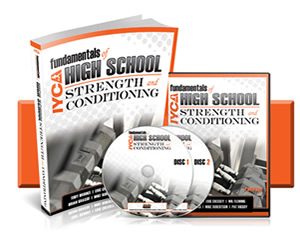You may have heard that many injuries and long-term structural issues can arise from issues in the feet. The feet and ankles are often neglected in training, but we should really be focusing a lot of our attention on the quality of movement coming from the feet. Structurally, the feet and ankle areas are comprised of many bones and ligaments, and if not able to move properly/efficiently, these structures may not function the way they should under stress, which can easily lead to injuries and compensations.
stress, which can easily lead to injuries and compensations.
The foot contains 26 bones, 33 joints, and over 100 tendons, muscles, and ligaments. There are also 7000 nerve endings in each foot that not only feel different sensations, but more importantly, help us balance, move, stabilize, and sequence movement strategies throughout our bodies. The structure is intricate because the foot has to perform incredibly small and subtle movements in order to shift weight during complex movements, remain rigid yet supple, and respond to a wide variety of stimulation.
Literally every force we deliver or accept from the ground goes through the feet and ankles. When we jump or run, we usually think of our quads and glutes creating large amounts of force to propel our bodies. While this is true, all of those forces ultimately have to go through the foot. So, neglecting this area would be a major oversight.
Many coaches are intimidated by the complexity of the foot and ankle. Doctors and therapists spend years to learn the intricacies of this area, so how could we possibly know everything about the foot and ankle?
We don’t have to.
While it would be very beneficial to have a deeper understanding of the foot/ankle, the truth is, incorporating any sort of foot and ankle prep into a program will offer benefits to the athlete. You can incorporate simple exercises into a dynamic warm-up before a practice/training session or you can incorporate them throughout a workout!
I’m not suggesting you are intentionally ignorant of the subject, but it’s not necessary to get overwhelmed and decide to do nothing at all. Instead, gather as much information as you can, and choose some simple exercises that do no hard and can help keep your athletes healthy and functioning properly. If these exercises cause pain or reveal more complicated issues, definitely refer them to a specialist.
Here are some simple exercises that you can add to the beginning of your workout:
Foot/Ankle Video
When considering all the different planes that the ankle works in, it is nearly impossible to train every single movement or range of motion, but we should try to provide as much variety as possible in order to strengthen them!
Banded Ankle Work
Always consider how you’ll fit these exercises into a complete program. You probably won’t have time to perform every exercise shown, but don’t let that stop you from including at least one thing aimed at training this important area.
 Jordan Tingman – CSCS*, USAW L1, ACE CPT, CFL1 is a graduate of Washington State University with a B.S. in Sports Science with a Minor in Strength and Conditioning. She completed internships with the strength & conditioning programs at both Washington State University and Ohio State University, and is currently a Graduate Assistant S & C Coach at Eastern Washington University.
Jordan Tingman – CSCS*, USAW L1, ACE CPT, CFL1 is a graduate of Washington State University with a B.S. in Sports Science with a Minor in Strength and Conditioning. She completed internships with the strength & conditioning programs at both Washington State University and Ohio State University, and is currently a Graduate Assistant S & C Coach at Eastern Washington University.
The IYCA High School Strength & Conditioning Specialist is the only certification created specifically for coaches training high school athletes. The course includes several hours of video instruction (including a complete Olympic lifting instructor course) and two textbooks with contributions from some of the top strength and conditioning coaches in America. Click on the image below to learn more about how to become a certified high school strength & conditioning coach.

